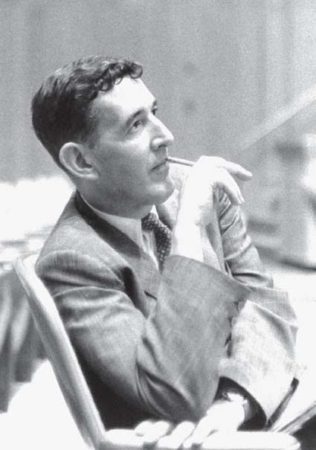The Last Landscape
By William H. Whyte
The remaining corner of an old farm, unclaimed by developers. The brook squeezed between housing plans. Abandoned railroad lines. The stand of woods along an expanded highway. These are the outposts of what was once a larger pattern of forests and farms, the “last landscape.” According to William H. Whyte, the place to work out the problems of our metropolitan areas is within those areas, not outside them. The age of unchecked expansion without consequence is over, but where there is waste and neglect there is opportunity. Our cities and suburbs are not jammed; they just look that way. There are in fact plenty of ways to use this existing space to the benefit of the community, and The Last Landscape provides a practical and timeless framework for making informed decisions about its use.
Called “the best study available on the problems of open space” by the New York Times when it first appeared in 1968, The Last Landscape introduced many cornerstone ideas for land conservation, urging all of us to make better use of the land that has survived amid suburban sprawl. Whyte’s pioneering work on easements led to the passage of major open space statutes in many states, and his argument for using and linking green spaces, however small the areas may be, is a recommendation that has more currency today than ever before.
Reviews
“The best study available on the problems of open space.” —The New York Times Book Review
“The Last Landscape is really an excellent book. It comes across as a set of eminently practical possibilities, and philosophically they are part and parcel of each other. The chapter on New Towns is the definitive discussion of the subject; it explains more, not to mention being written with a greater clarity and humor, than any of the whole books on the subject.” —Jane Jacobs, author of The Death and Life of Great American Cities
“Ten years ago, with a collection of essays entitled The Exploding Metropolis, William H. Whyte with Jane Jacobs and others started a revolution in city planning. Now he shakes up the conventional wisdom we apply to the mess that the exploding metropolis creates for its surrounding landscape. It is an important revelation that may lead us out of the frustration known as regional planning. … Whyte doesn’t simply preach. He spells out how to do it. … A practical handbook for all who care enough to fight for a more liveable environment.” ——Wolf van Eckhardt, The Washington Post
“While Whyte indicts many of the things planners hold dear, his criticism is never all-encompassing and therefore not easily dismissed. Not only are thoughts conveyed clearly and simply, but there is always suggestion. … A new way of looking at an old problem—an enlightening example.” ——American Society of Planning Officials Newsletter
“Our chances of greatly enhancing America’s cities and suburbs have improved immeasurably with the publication of The Last Landscape.” —Laurance S. Rockefeller

